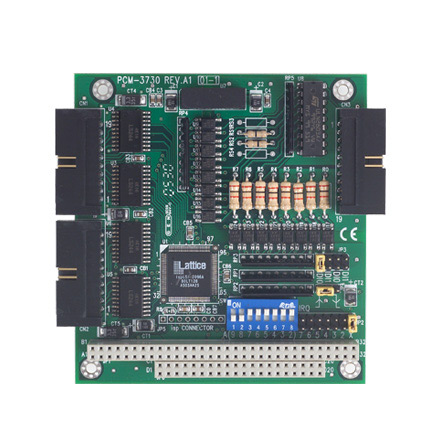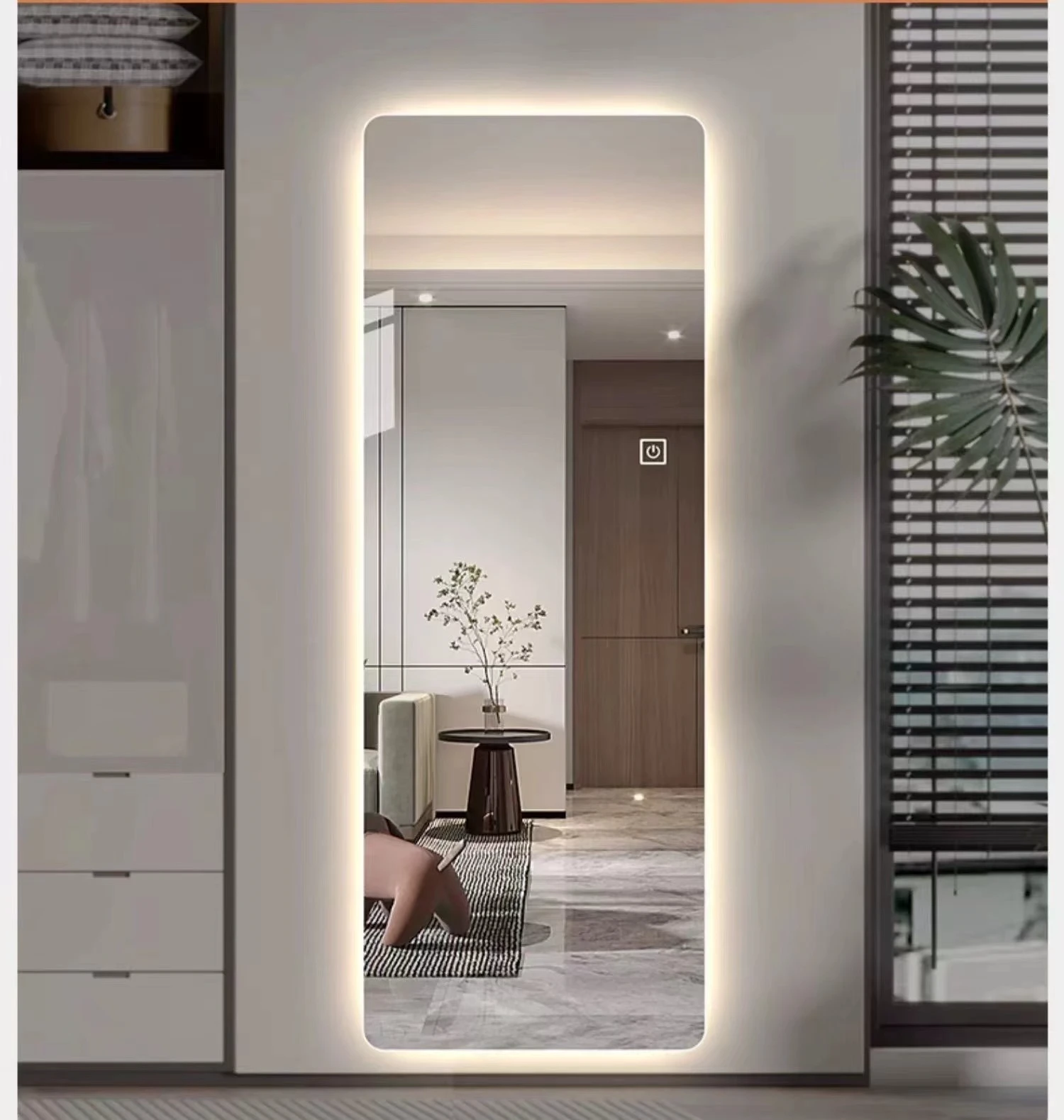Navigating the world of insulated glass prices per square foot can feel like traversing an intricate landscape of options and specifications. As someone who has spent years honing expertise in the glass and window industry, I can confidently guide you through this process, ensuring you make informed decisions that balance cost, quality, and overall value.

Insulated glass, often referred to as double glazing, is pivotal to modern architecture, promising not only aesthetic appeal but also crucial energy efficiency. When considering the price per square foot, it's essential to delve into factors influencing these costs. The type of glass, the thickness, the gas fill between panes, and additional coatings or tints all play significant roles in determining the final price.
Let's start with the basics the type of glass. Standard insulated glass units typically include two panes of glass, but variations like triple or even quadruple glazing exist for increased performance in extreme climates. Generally, double-glazing remains the most common due to its balance of efficiency and cost. Prices here can vary, starting from about $10 per square foot for basic units, but skyrocketing for premium options with superior performance coatings and inert gas fillings.

Thickness and type of glass can significantly impact the price. Standard double-pane insulated glass generally uses glass thicknesses of 1/8 to 1/4. As the thickness increases, so does the cost, due to the additional material and its enhanced sound-proofing qualities. Laminated and tempered glass, known for their safety and durability, will also contribute to a higher price point compared to standard annealed glass.
The space between the panes is typically filled with inert gases such as argon or krypton to enhance thermal performance by slowing down the transfer of heat. While argon is more common and affordable, krypton provides superior insulation and comes at a premium price. Adding these gases can increase costs by approximately an extra $1-$2 per square foot, depending on the volume and type used.
Moreover, low-emissivity (Low-E) coatings are frequently applied to improve energy efficiency. This thin layer of metallic oxide is nearly invisible and helps in reflecting heat back into the room while allowing natural light to penetrate. These coatings can add another $2-$4 per square foot to the overall cost, depending on the quality and number of coatings applied.
insulated glass price per square foot
Understanding regional climate conditions can guide your decision on what features are worth the investment in your specific geographical area. For instance, in colder climates, investing in triple glazing or superior Low-E coatings may provide significant energy savings in the long run, justifying the higher upfront costs. Similarly, in warmer regions, selecting tinted glass that reduces solar heat gain can be a practical choice.
Additionally, the brand and supplier can influence pricing structures. Reputable manufacturers often offer warranties and certifications that guarantee efficiency and durability, but this might come with a higher price tag. Partnering with recognized suppliers ensures compliance with building regulations and provides added peace of mind.
Incorporating insulated glass into residential or commercial buildings is not just about initial costs but also long-term savings on energy bills. Insulated glass significantly reduces heat transfer, meaning less reliance on heating or cooling systems, directly translating to reduced energy expenses.
Finally, consider the installation costs. Professional installation is critical since improper fitting can negate the benefits of high-quality insulated glass. Contractors usually charge based on the complexity of the installation, site accessibility, and geographical location. Therefore, while calculating the price per square foot, it is prudent to include both the product and installation costs to obtain a realistic budget estimate.
In conclusion, the price of insulated glass per square foot is contingent upon a myriad of factors, each impacting the unit’s performance and final cost. By appreciating these nuances and consulting with industry experts, you can make decisions that optimize both financial expenditure and environmental impact, ensuring a comfortable and energy-efficient space. As a seasoned professional, I advocate for an informed approach—balancing upfront costs with long-term benefits to achieve the best possible outcome for your unique requirements.



